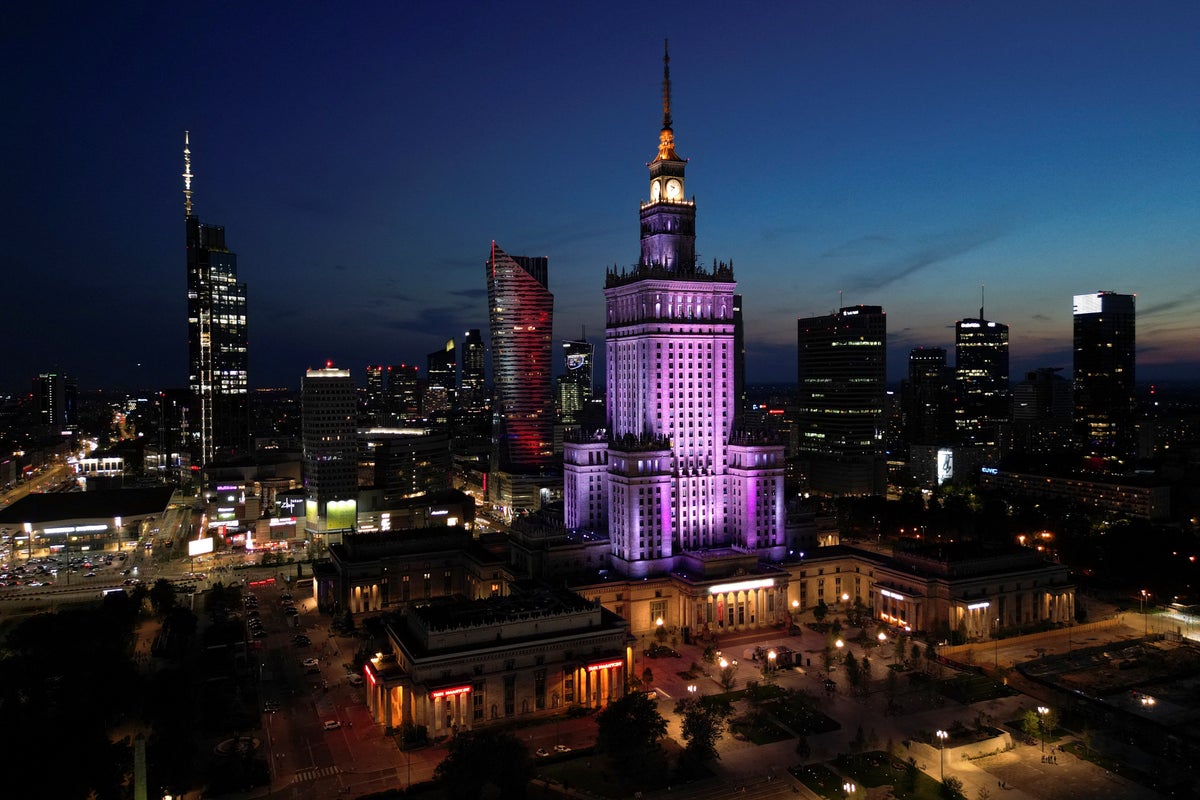A Towering Symbol of History and Controversy
Seventy years after the Soviet dictator Josef Stalin “gifted” Warsaw its towering Palace of Culture and Science, the skyscraper at the heart of Poland’s capital continues to evoke strong emotions. The Palace, which marks the 70th anniversary of its opening on 22 July 1955, was built during a time when Poland was part of the Soviet-led communist Eastern Bloc. It was initially conceived by Stalin as a symbol of Soviet domination and even bore his name.
Dorota Zmarzlak, a member of the palace’s board, explained that the structure was designed to showcase power. “If you put a big palace, a kind of skyscraper at the time, in the middle of the city that can be seen from 30 km (19 miles) away, it shows the power,” she said. However, younger generations no longer view it in the same way.
After the fall of communist rule in Poland in 1989, many Soviet-era monuments were removed, and street names were changed. Despite this, the Palace remained standing. Even prominent politician Radoslaw Sikorski, who is now Poland’s foreign minister, had called for its demolition in 2007.
The Palace has served multiple purposes over the years, including hosting concerts, political events, exhibitions, and fashion shows. In 1967, a riot broke out when the Rolling Stones performed there, long before the end of communist rule.
For Zygmunt Kowalski, an 89-year-old retired railway worker who moved to Warsaw shortly after the Palace opened, the building holds personal significance. He recalls swimming with his daughter in its pool and attending films and concerts there. “Everything can be torn down, but let this stay for future generations, as proof of what once was … the next generations will have evidence that communism was here,” he said.
Today, the Palace still houses four theatres, a large cinema, and museums, while its concert hall is undergoing renovation. It remains a hub for cultural activities and continues to attract visitors from around the world.
Some younger Warsaw residents focus less on the Palace’s political history and more on its status as a landmark. Karol Los, a 23-year-old student, views the Palace as an inseparable part of the city’s identity. “For me, it’s a symbol of Warsaw. I think young people see it very differently than the older generation,” he said.
Ukrainian architect Valerii Shcherbak, 32, admires the Palace’s architectural details and its popularity with tourists. “This is history and we need to respect it,” he said, noting that many Soviet-era buildings in Ukraine have been destroyed. “What happened in the past should be kept for history, not destroyed.”
Despite the controversy surrounding its origins, the Palace of Culture and Science continues to stand as a testament to the complex history of Warsaw and the broader region. Whether viewed as a symbol of oppression or a historical monument, it remains a significant part of the city’s landscape and cultural heritage.
Key Points About the Palace of Culture and Science
- Historical Significance: Built in 1955 as a gift from Stalin, the Palace represents Soviet influence in Poland.
- Cultural Hub: Hosts concerts, exhibitions, and other events, serving as a key cultural venue in Warsaw.
- Controversial Legacy: While some see it as a reminder of communist rule, others value it as a historical landmark.
- Architectural Value: Known for its unique design and detailed architecture, attracting both locals and tourists.
- Ongoing Renovations: The concert hall is currently being renovated, ensuring its continued relevance in the modern era.
As Warsaw evolves and modern skyscrapers rise around it, the Palace of Culture and Science remains a powerful reminder of the past. Its presence sparks ongoing discussions about history, memory, and the importance of preserving the past for future generations.







